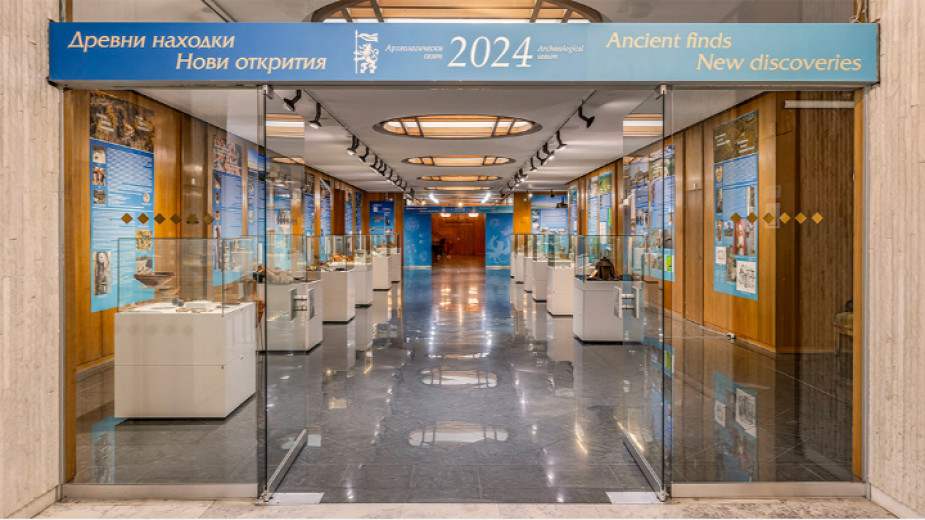 13
13
In 2024, the National History Museum sent expeditions to 22 archaeological sites. More than 1,400 artifacts were found during the season spanning the period from prehistoric times down to the Middle Ages. The most significant of these discoveries are on display in the museum’s temporary exhibition hall as part of the exposition “Ancient discoveries. New finds. Archaeological season 2024”.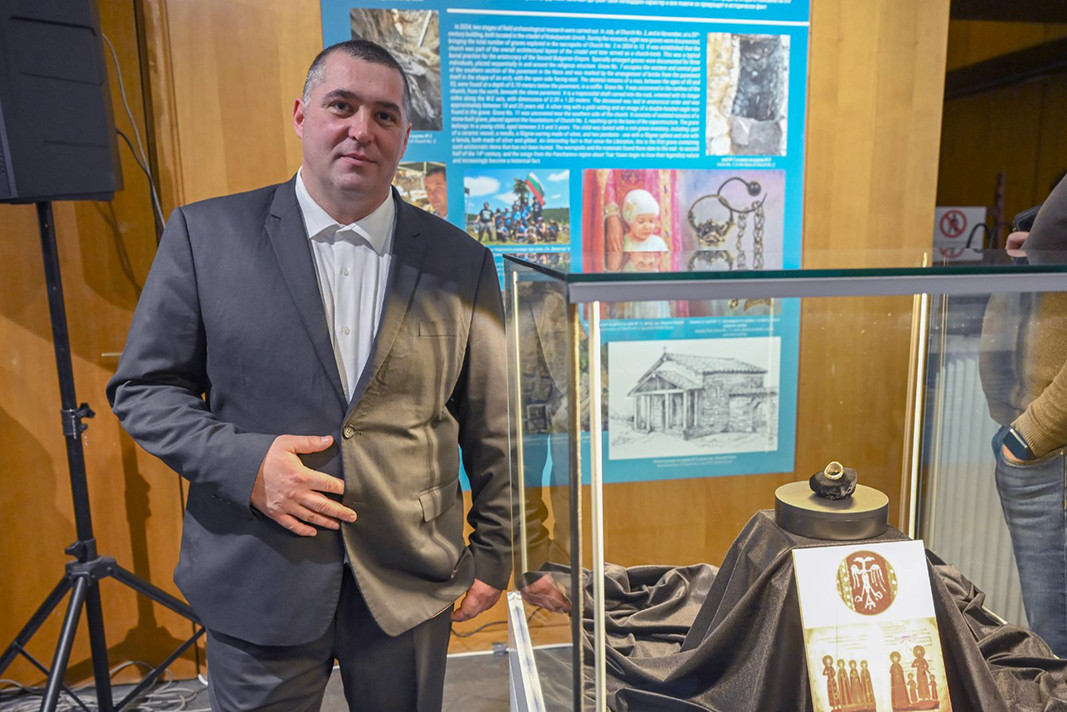
Archaeologist Dr. Filip Petrunov from the National Archaeological Institute with Museum at the Bulgarian Academy of Sciences has taken part in three of the expeditions as head and deputy head of expedition.
The expedition at Kaliakra, in Northeastern Bulgaria, headed by National History Museum Director Bonni Petrunova, is researching the citadel of the fortified territory which flourished in the 14th century. Many luxury pottery items from the Bulgarian Middle Ages were found – Byzantine, but also Bulgarian-made, and even pottery imported from Spain and Italy – which were used by the urban population, Filip Petrunov says. A tavern was discovered on the main street where seafood was eaten, something that we would now deem luxury food. Finding Black Sea oyster shells was simply fascinating. 
“Seafood was probably the cheapest kind of food, all kinds of mollusks and crustaceans, and some kinds of fish. As a matter of fact, it was inevitable that they should make use of everything that the sea has to give and make it part of their diet. At this point, without any written records, it would be impossible to say what this food would have cost. Obtaining seafood was a difficult thing and took a lot of effort, so its cost would undoubtedly have been high.”
The fortress of Lyutitsa is located close to the borders of Bulgaria, Türkiye and Greece, and the fortress commands a view of all three countries. Just 45 kms. from Edirne in Türkiye, it was of strategic importance to Byzantium, as well as to the Bulgarian Tarnovo Kingdom. 
“In 2024 we found a phenomenon at Lyutitsa that was really intriguing – the edges of the silver coins were cut off, obliterating all letters and leaving only the central part of the coin where a cross is depicted. This fact can be interpreted as a wish to distance themselves from the Latins in the Balkans and emphasize that they belong to the throne of Tarnovo,” the archeologist says.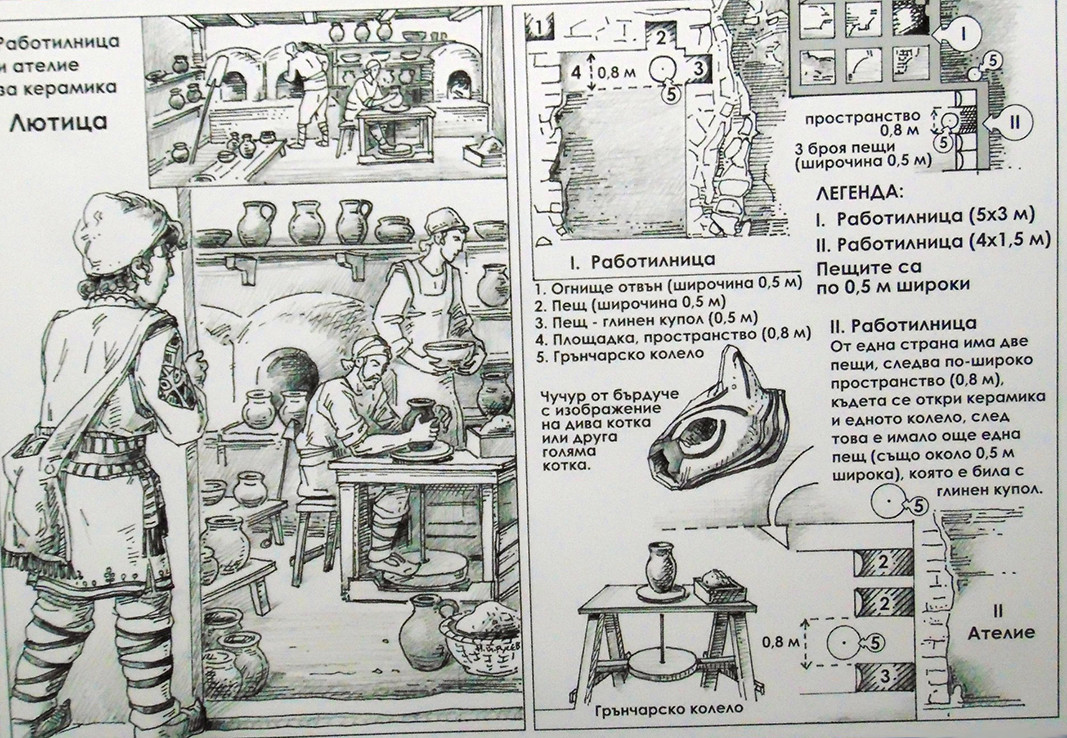
“Perhaps the most fascinating exhibit from the current exposition at the National History Museum is a reconstruction we were able to accomplish, together with artists from Varna – Marina and Nikolai Rusev – who, based on our documented images, reconstructed a pottery workshop. Amidst the ruins we found three potter’s wheels, remnants of the glaze applied during the second firing of the pottery, a fully preserved comb sapplied for decoration. And we can now definitely say that a lot of the luxury pottery found there was not imported, it was produced locally.”
In the summer of 2024, inside the Kokalyane Urvich fortress a tomb was found in which two men and a young girl lie buried. A reconstruction of the girl and a gold signet ring that once belonged to the fortress governor are also part of the exhibition at the National History Museum. 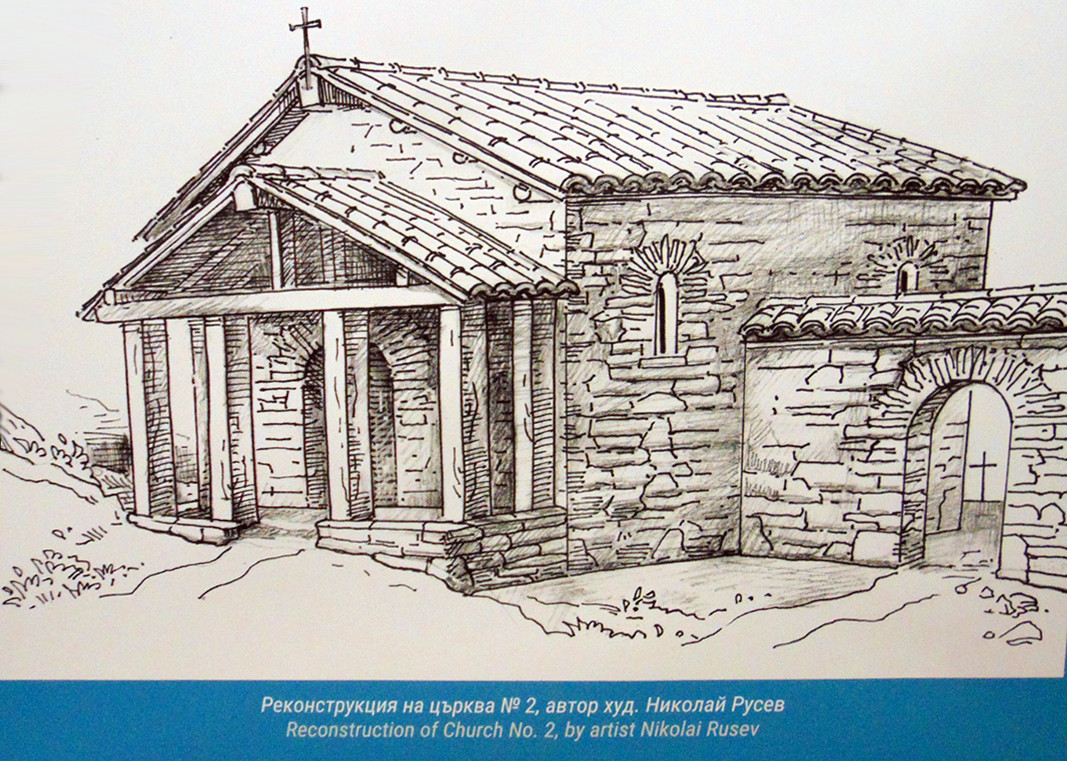
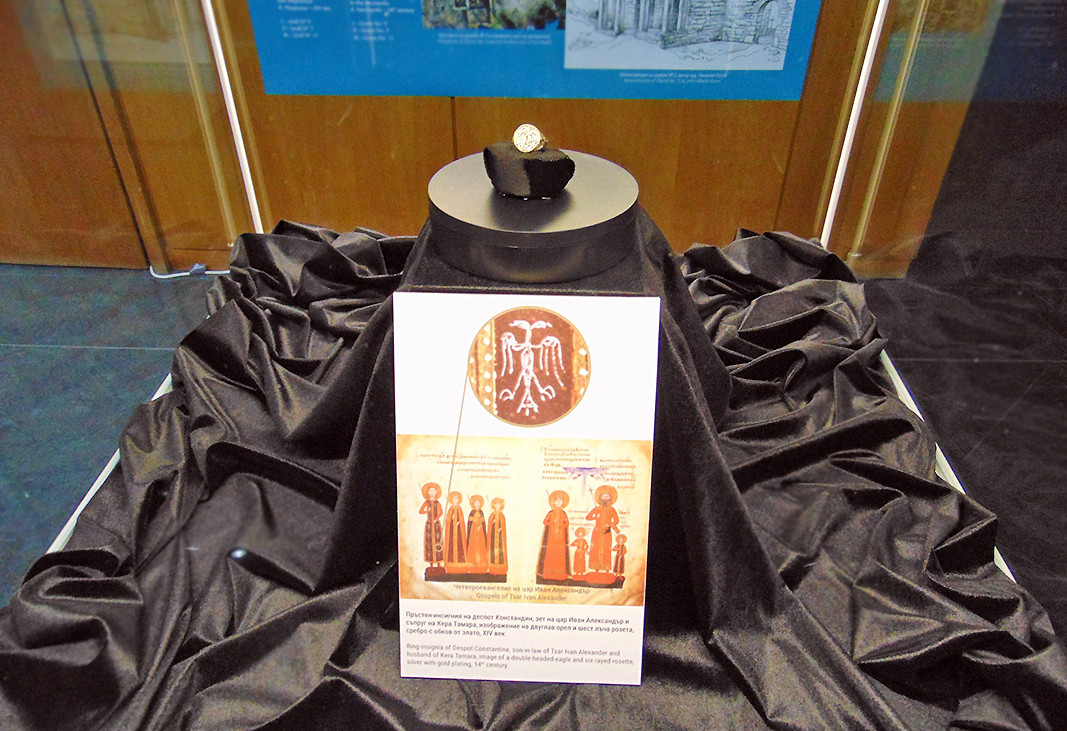
“It should be noted that this is the first time a grave has been found at Kokalyane Urvich complete with the remains of bones, but also with specific jewellery – the symbol of royal power. The jewellery in question is called perpendula – a kind of head ornament that hangs down over the temples. 
The girl was buried with two perpendulas made specifically to fit her size. One is a gossamer sphere, a symbol of the sun, the other is lunular, a symbol of the moon, and with the symbol of infinity – an 8 on its side – a kind of symbolism that is very deep which we are yet to study and analyze. That is what makes archeology so valuable – making finds but also discovering the history behind these items,” the archaeologist says.

The exhibition “Ancient discoveries. New finds. Archaeological season 2024” presents the discoveries made by archaeologists over a large area – from the banks of the rivers Struma and Mesta, across the Rhodopes and Sakar, to the Black Sea coast and Dobruja. The expeditions studied settlements, burial mounds, ancient and medieval fortresses, making the finds now on display at the National History museum truly fascinating.
Translated and posted by Milena Daynova
Photos:Ivo Ivanov, historymuseum.org, BTA, BGNES, BulFoto
Just days ago, archaeologists uncovered part of the complex underground infrastructure that once served the Roman baths of Ratiaria - one of the most important ancient cities in Bulgaria’s northwest. Founded in the 1st century in the area of..
In the world of the Thracians, who had no written language, the most important messages were conveyed through art. The Letnitsa Treasure is precisely such a message — about power, beliefs, and the path to wisdom . This unique discovery, dated between..
On November 21, the day of the Presentation of Virgin Mary (or the Entry of the most Holy Theotokos into the Temple), the Orthodox Bulgarians also celebrate the Day of the Christian Family and the Learning Youth. The holiday was established by the..
Just days ago, archaeologists uncovered part of the complex underground infrastructure that once served the Roman baths of Ratiaria - one of the most..

+359 2 9336 661
